@peter-dooling
active 3 years ago-
David Farkas wrote a new post, Leica D-Lux (Typ 109) now shipping in the USA 10 years, 11 months ago
The first batch of the highly anticipated Leica D-Lux (Typ 109) has just started to ship in the United States. Leica Store Miami expects to have the cameras in stock tomorrow (Friday, November 21), so if you place a pre-order online today, your order will ship when the cameras arrive tomorrw. Unfortunately, there has been no word yet on when the accessories for the D-Lux will ship.
The D-Lux (Typ 109) offers some serious upgrades over the D-Lux 6 it replaces. With a 4/3 inch sensor that is 5 times larger, 4K video recording, solid metal chassis and body, a built-in 2.8 MP EVF and Wi-Fi, the new D-Lux is an amazing performer. We had a chance to play with one for a few days and everything from the feature set to the image quality was truly class-leading for a compact camera. This is a great opportunity to grab one before the holidays.
If you haven't already, you can read more about the new D-Lux from our previous posts:
Photokina 2014: Day 4 – Leica Compacts Get Upgraded with D-Lux (Typ 109) and V-Lux (Typ 114)
-
Josh Lehrer wrote a new post, Adobe Lightroom 5.7 Released with Support for New Leica Cameras 10 years, 11 months ago
Today, Adobe released the latest version of its popular image editing software, Lightroom 5.7. This update adds support for the following Leica Cameras:
-
David Farkas replied to the topic Miami Skyline in the forum Images to Share 10 years, 11 months ago
Nice shot. I really like the second one.
-
david-farkas likes a reply on Miami Skyline 10 years, 11 months ago
-
David Farkas wrote a new post, New Firmware Released For Leica M8, M9, M9-P, M-E, M Monochrom, M (Typ 240) and M-P (Typ 240) 10 years, 11 months ago
Leica has released updated firmware for all digital M camera models from the M8 to the M-P (Typ 240) in order to support the recently announced updated line of Summarit-M lenses. Hopefully, this means that the new lenses will start shipping soon.
To make the task of finding your correct firmware a little easier, we made a handy table with every model with a direct link to download the the corresponding firmware for each, along with instructions if you need them.
Camera Model
Firmware Version
InstructionsLeica M8
v2.024
InstructionsLeica M8.2
v2.024
InstructionsLeica M9
v1.202
InstructionsLeica M9-P
v1.202
InstructionsLeica M-E
v1.202
InstructionsLeica M Monochrom
v1.008
InstructionsLeica M (Typ 240)
v2.0.1.7
InstructionsLeica M-P (Typ 240)
v2.0.1.7
Instructions -
Josh Lehrer wrote a new post, Leica Announces Promotions on M (Typ 240) and Select M Lenses 10 years, 11 months ago
Beginning Saturday, November 15, 2014 and running through January 31, 2015, Leica Camera is offering a $750 instant voucher towards the purchase of a brand new Leica M (Typ 240) in black or silver chrome, and a $250 instant voucher towards the purchase of nearly any brand new M-System lens, with the exception of the newly announced f/2.4 Summarits, Summilux-M 35mm f/1.4 ASPH in Silver Chrome, Noctilux-M 50mm f/0.95 ASPH in Silver Chrome, and the APO-Summicron-M 50mm f/2 ASPH.
Please note this promotion only applies towards brand new Leica products purchased in the United States or Canada. The promotion is not valid on the Leica M-P (Typ 240) or Leica M Monochrom. To participate in the promotion, simply purchase an applicable product and the voucher will be applied instantly.
Please don't hesitate to contact Leica Store Miami anytime with questions, either via phone at 305-921-4433 or via email. The promotion ends January 31, 2015.
-
Bob Levite wrote a new post, The Leica V-Lux (Typ 114): A versatile travel companion to my M Monochrom 10 years, 11 months ago
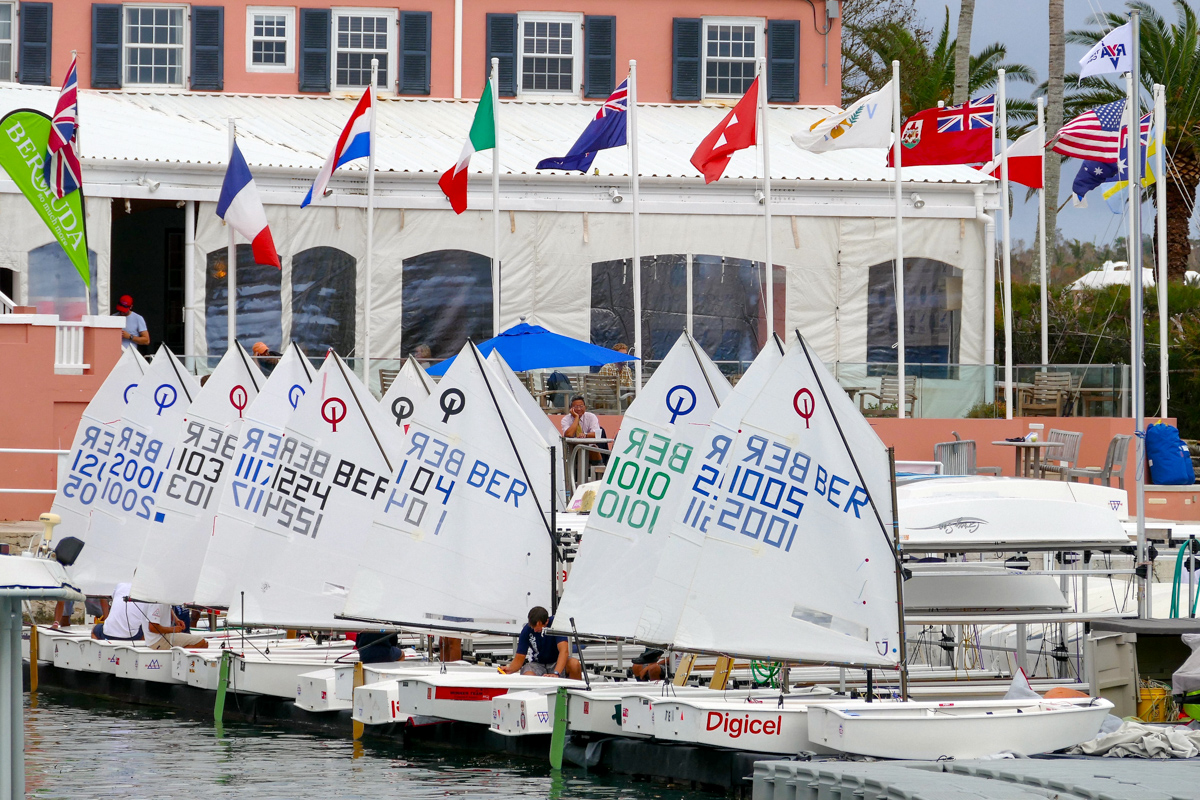 My primary camera is a Leica M Monochrom, but as a serious and frequent traveler I needed a versatile, all-around camera, capable of capturing color as a companion to the Monochrom, which only shoots in black and […]
My primary camera is a Leica M Monochrom, but as a serious and frequent traveler I needed a versatile, all-around camera, capable of capturing color as a companion to the Monochrom, which only shoots in black and […] -
David Farkas wrote a new post, Why Leica is staying at 37.5MP for the S (Typ 007) 11 years ago
Since Photokina, I’ve read some comments online expressing disappointment in Leica’s decision to use the same 37.5MP resolution of the current S (Typ 006) in the upcoming S (Typ 007). I’m not surprised. Indeed, as a long time S-System user myself, I can’t say that my initial reaction wasn’t similar. I too wondered why there was no resolution bump. But, unlike the average S-System user, I have a certain advantage and a somewhat unique perspective that most don’t. I’ve had a few hours of one-on-one time during Photokina with key individuals at Leica responsible for developing the product. And believe me, I am grateful for the continuing opportunities that my close relationship with Leica has allowed for over the years. Besides speaking with the head of professional imaging Stephan Schulz and S 007 product manager Toni Felsner at some length in Cologne, I also had a very informative chat with Dr. Volker Zimmer, the head of R&D at Leica. In each of my conversations, I pretty much led off with, “So, why only 37.5?” And, to the casual observer, the reactions and responses to such a direct question that I received might be surprising. Instead of the defensiveness that one might expect, I was greeted with knowing smiles and articulate reasons surrounding the decision.
Before even delving into Leica’s strategy, we, as users, have to really ask if this resolution is holding us back. Some might say, “Yes, absolutely. More is always better.” And perhaps others would reason, “No, the resolution is fine, but I’d really like live view and higher ISO.” As for myself, I’ve been shooting with the S2 and then S 006 since before the S2 was even in production. I have made eye-poppingly good 30×40 inch prints myself and have seen beautiful fine art prints 5 x 7 feet printed from single S2 files hanging in our gallery at Leica Store Miami from photographer EJ Camp.
Stephan’s take on the matter was that he doesn’t think that users’ real issue is about actually needing more pixels. The difference between 40 and 50 MP is roughly a 10-15% increase in linear resolution, hardly earth shattering. He feels strongly that for there to be a noticeable increase in image quality, the jump would have to be more significant, say from 40 to 60 or possibly even to 70 MP. He believes the underlying concern is that users of a system want to feel theirs is the most advanced, the most future-proof. By staying at 37.5 MP while the competition is all going to 50 MP, Stephan thinks that the concern of some Leica S users is that somehow their camera is outclassed, or worse, outdated. I thought for a moment about this then ran a quick list of features in my head, innovations and advantages of the S 007 vs. the competition.
I thought in general about all S camera bodies, including the current S 006:
- Smallest, lightest, most ergonomic body
- Completely weather and dust sealed on body and lenses
- Brightest, most color neutral viewfinder
- Virtual horizon display in viewfinder
- Dual shutter system (even with Hasselblad HC/HCD lenses)
- Least mirror vibration
- Best lenses (no one seems to argue this one)
- Longest battery life with shot counts measured in thousands
- Optional grip to double battery life
- Fastest AF system (with latest firmware)
- Best focus tracking for moving subjects (with latest firmware)
- Only system with built-in GPS for geotagging and auto time/date/time zone setting
- Most integrated system with such features as aperture shift compensation in AF
- Only system designed 100% from the ground-up as a complete digital imaging chain
- Ability to use Hasselblad HC/HCD lenses with full AF, aperture and shutter control via adapter
- Ability to use Contax lenses with full AF and aperture control via adapter
- Manual adapters for Mamiya 645, Hasselblad V and Pentax 67
Then, I added all the unique features from the upcoming S 007:
- Fastest frame rate / fastest sustained frame rate (3.5 fps)
- Fastest shot-to-shot time
- What promises to be best high ISO performance in MFD
- Most advanced sensor design (I’ll get to this one in a minute)
- Magnified live view anywhere in image
- Focus peaking on screen
- Only system with live view contrast detect AF anywhere in the image
- Only system with spot metering anywhere in image during live view
- 60 fps refresh rate on live view for seamless output
- Full Wi-Fi control from iPad with 60 fps streaming live view, capture and image review
- Backup mode for dual card recording and recording to card while tethered
- Live readout for DOF range
- Only MFD system with 4K video
- Only MFD system with built-in timecode generator and ability to receive external timecode via adapter
- Full sensor width HD recording
- Clean FullHD HDMI out with simultaneous recording to card
- 4:2:2 video encoding
That’s a pretty long list.
And when you actually take a step back and look at this list, we aren’t talking about useless features like creative modes or color-pop or whatever from consumer cameras. Remember Leica’s mantra these days: Das Wesentliche, the Essentials. Every single feature on the S 007 was born as a result of actual customer requests and in-depth study of where the needs of photographers is going. The days of Leica trailing behind and playing catch-up are over. In more than one conversation, I heard how counterparts from other camera companies (yes, big ones too) paid the Leica stand some visits during the show. They admitted that they wanted to take a closer look because Leica has garnered a reputation in the industry of being a trend-setter and innovator, essentially predicting what photographers want before they, the potential customers, realize it. And it wasn’t lost on these same individuals that to say such a thing about Leica just a few years ago would have gotten you laughed out of the room. The funny thing is, Leica is just staying true to Das Wesentliche. The product management team has become so adept at something so basic and fundamental that it seems to get lost in the race for more pixels, more buttons, more computerization, more, more, more. Just make a product that represents absolute quality, both in terms of design and construction, as well as in the image quality such a product is capable of producing. Then, make that product simple to operate, elegant to look at, a pleasure to hold and fun to use.
The bottom line is that that S is far from outdated. But, what about that sensor….?
The S 007 will be getting the same MAX CMOS sensor architecture as that used in the M 240. By utilizing the same architecture, they didn’t have to reinvent the digital wheel. Dr. Zimmer and his team already knew how to handle the data coming off the chip and work the files to maximize image quality and speed, while minimizing noise. And with the supercharged Maestro II processor at the heart of the S 007, image quality from the same sensor is taken even farther with new hard-wired noise reduction and image processing algorithms. The 7,500 A/D converters are all humming along with 14-bit precision and the camera can still maintain a record-setting 3.5 fps, three times faster than a Phase One or Hasselblad system. Frame rate won’t be the only noticeable difference in speed. The JPG engine in the Maestro II can churn through DNG files at a blistering rate of 320 megapixels per second. So, when you want to zoom in to 100% to check focus on the LCD, the files are rendered on the fly, in real-time. The S 006 is already incredibly fast at 160 MP/s. The S 007 ought to be instantaneous.
When talking about imaging sensors, there is a crucial element that doesn't get much discussion: the finest structure possible in fabrication. Structures can be microscopically small wires that carry signals from the photo diodes, the transistors required to be placed next to every photosite, or any other printed circuitry. So, how small are we talking? Well, Canon, for their sensors, can produce structures as small as 0.35 microns. Not bad. Sony is a little more advanced. They can go down to 0.18 microns. Pretty good. The fabrication process at STMicro, where the Leica MAX sensor is made: 0.09 microns. Yeah, that’s not a typo. In fact, when creating the specifications for the sensor, the team at Leica demanded that the structure sizes be kept as small as technically possible. Dr. Zimmer explained this to me in more detail.
The first goal was to keep the non-photosensitive areas to an absolute minimum in order to maximize photon efficiency. This in turn, helps to maximize dynamic range and increase base ISO sensitivity. Basically, if less of the surface of the sensor is taken up by supporting electronics overhead, then more surface area can be used to collect incoming light.
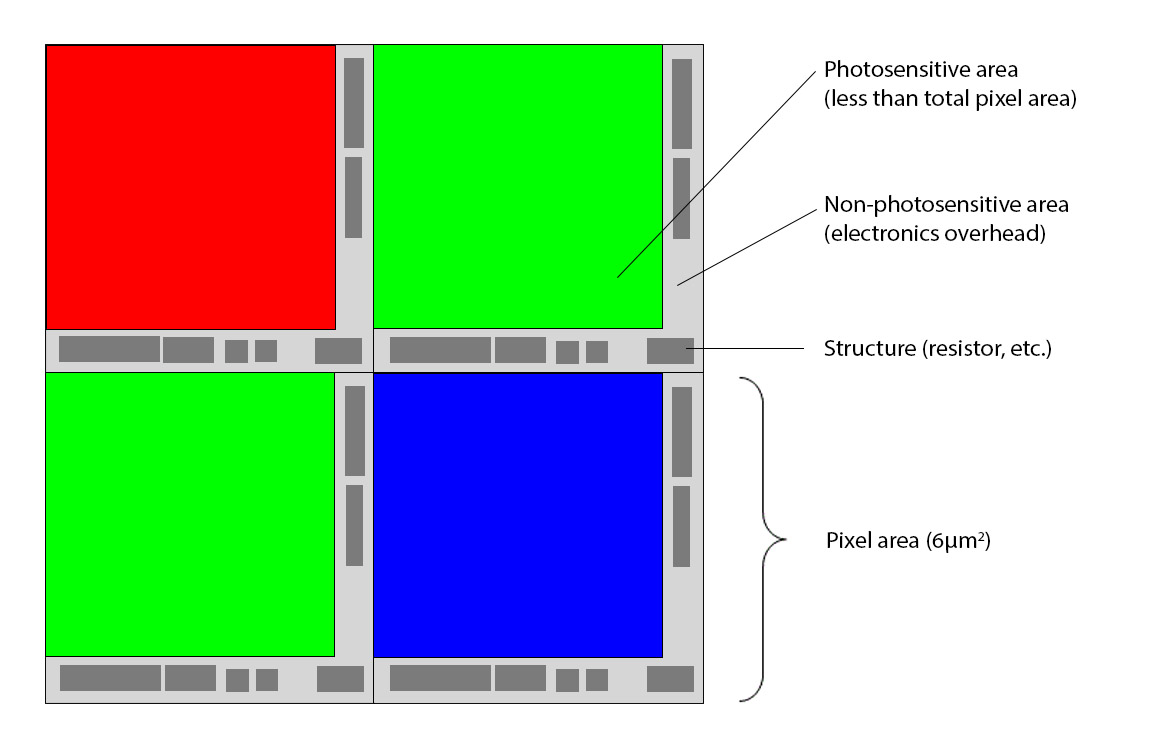
Diagram of the surface of a sensor. If structures can be made smaller, the non-photosensitive areas can be minimized to allow for more surface area dedicated to light gathering.
Dr. Zimmer estimates that the sensor in the S will have a SNR of around 79 dB, which will probably translate into somewhere between 13 and 14 stops of usable DR. The second goal was to achieve the thinnest CMOS sensor ever developed so that the pixel wells were as shallow as they could be. There are multiple layers to a sensor and by making each one of these slimmer the cumulative result is significant. Why is this important? Well, when light enters a shallower pixel well it is less likely to bounce off the edges on the way down to the photodiode.
Some of the technology that went into the sensor came from CMOSIS’s experience in making 1.75 micron mobile phone camera chips and using extremely fine structures to maximize the already small photosensitive areas on those tiny sensors. One such tactic was utilizing copper to construct the conductive pathways (wires) in the sensor. Most often, aluminum is the chosen material, as the process for using copper is more complex. But, because copper has a much lower electrical resistance, conducting layers with half the thickness could be used. And to minimize thickness, instead of having four metal layers for the conductors typically employed on CMOS sensors, only two were necessary on the MAX CMOS chip.
Leica also designed an optical microlens structure unlike any used previously. Leave it to an optics-driven company to rethink the classic flat-raindrop structure used for so many years. The Leica design is more of an elongated cone. Light entering perpendicularly passes straight through, and light coming in at a high angle of incidence gets caught by the taller lens and directs it down. The result is that there is no sensor vignetting, no color shifts and no loss of sharpness in the corners. It’s easy to put this theory to the test. Take a Leica 18mm Super Elmar-M ASPH lens. Put it on the M 240 and take a shot. Then, mount the same lens on a Sony A7r. Yeah…. Oh and just to see that the advantage isn’t only at extremes, try a 35mm Summilux ASPH next. The Sony sensor in the A7r just isn’t adept at handling non-retrofocus lenses, with non-telecentric designs.
The result of all these efforts is that the S 007 should prove to be the most advanced and capable medium format digital system on the market. Cutting edge, from optics to camera body to sensor architecture, the S will be far from outdated. So, what about those needing more pixels? Here’s the math: going from 40 to 50 MP would only yield an additional 2.6 linear inches of print resolution at 300 DPI. That’s it. So, as a photographer, I ask myself whether I’d rather have that long list of advantages and features that can expand my photographic possibilities, or whether I want to print two inches wider. I think the answer is clear, at least for me, and I do hope that others can look beyond mere megapixels to see what the S 007 will have to offer.
-
I appreciate the info on the sensor architecture. Impressive data.
I was one of those who wanted more resolution, but I knew that a meaningful improvement would have been 80meg not 50. But that was for bragging rights vs the competition.
My limitation on printing size is not the resolution of the sensor, my limitation is the width of large size digital printers. I am limited to 64″ currently. I too have printed 60″x90″ photographs. I have sold them successfully enough to convince me that I can print many image types at that size so that I don't need more resolution yet.
When they come up with a 100 inch wide printer I will need more resolution. It's good to know that I already have the lenses for that move.BTW, I think the best print size for large prints is now 30″x45″. The S resolution is enough for that on architectural detail that amazes me.
Good work David,
Jack -
Well written and interesting article David. I was not among the group looking for more resolution. In my experience the higher the resolution the more difficult it is to achieve precise focus…I'm talking about really nailing the focus. I do a lot of people shots and the difference between a perfectly focused image and one that just barely misses is considerable. At 37.5MP the S2 is sufficiently challenging for my abilities. I've never resorted to using up-rez software like Alien Skin Blowup but based on my experience with their other plug-ins I suspect it's probably a viable (and much cheaper) alternative to having a higher resolution camera.
-
Good article David. I appreciate the explanation of the sensor design and the practical description of just how little a bump to 50mp means in print size. While there will always be those that want both a megapixel increase AND all of the new technology of the T007, I am not one of them for the reasons Jack M and David K stated.
-
Good article David,the 007 is a very nice camera and I'm planning to buy one, However I would like to see a Phase/Blad style solution of offering different sensors with a very high MP sensor option of around 70-80mp,
Raising Resolution is not just bragging rights,it produces better files in the right environment,less aliasing /Moire on finer details,basically raising the MP increases the spatial resolution and you can also down sample for a cleaner file(useful at higher iso's)
This is interesting “What promises to be best high ISO performance in MFD” ,It will have to be excellent to beat the Blad/Sony at high ISO,I seen some files from that and its really superb at high ISO.
Regarding resolution change,going from 37.5 to 50mp is a 15% linear increase ,not so much but 37.5 to 70mp would be 36%,this would be easily noticeable .. Maybe we'll see this in a future S body.
Rob
-
As I read through the additional features of the 007 I am confused to whom the camera is intended. I see the prices of both bodies and lenses dropping causing great concern about the longevity of the S system. The lenses have much greater capability than the current sensors and their purchase is insurance against the need for replacement with greater resolution unlike most lenses in other systems. I am always hoping for more resolution as an option when the need arises. If Leica doesn't provide this additional resolution I would think it is a limiting factor to new purchases and attracting photographers to the system. The Leica R was a beautiful system as is the S, I would hope it has a long future but it too could suffer the same fate as the R. I hope not however…….
-
Josh Lehrer wrote a new post, Price Reduction on Leica Summarit-M f/2.5 Lenses 11 years ago
Having announced a line of redesigned Summarit-M Lenses at Photokina, Leica is now in the process of phasing out the current f/2.5 Summarit lens line. This means that Leica Store Miami is able to offer these excellent lenses at reduced pricing, brand new.
The Summarit-M f/2.5 lenses offer a great combination of light weight, fast focus throw, and superb optical performance. In addition to being lovely to use on an M camera, they can be especially handy when used on smaller form cameras like the Leica ( Typ 701). Here is a list of the reduced-rice lenses Leica Store Miami has in stock:
Leica Summarit-M 35mm f/2.5 – $1,695 (Was $1,950)
Leica Summarit-M 50mm f/2.5 – $1,295 (Was $1,750)
Leica Summarit-M 75mm f/2.5 – $1,695 (Was $1,950)
Leica Summarit-M 90mm f/2.5 – $1,895 (Was $2,150)
Don't hesitate to reach out if you have any questions via email or phone at 305-921-4433.
-
David Farkas replied to the topic Who plans on using 4K video? in the forum Leica S (Typ 007) 11 years ago
Peter,
One big difference in the video specs between the S 007 and the NX1 is the color sampling. The S 007 uses 4:2:2 while the NX1 uses 4:2:0. Having seen comparisons, the color accuracy and quality of 4:2:2 is vastly superior.
Granted, there are other cameras offering Cinema 4K capture with 4:2:2, but none using medium format sensors and…[Read more]
-
David Farkas replied to the topic Who plans on using 4K video? in the forum Leica S (Typ 007) 11 years ago
Bob,
My impression is that the video quality from the S 007 will be superior and more purpose-driven than that of the M 240. Still, the M40 video does actually look pretty good. We filmed our entire video instruction series on the S 006 with the M 240. You can view the series here.
You are correct that there is no image stabilization for…[Read more]
-
David Farkas replied to the topic Who plans on using 4K video? in the forum Leica S (Typ 007) 11 years, 1 month ago
I would have loved to see HDMI v1.4 to carry 4K as well, but it was not possible when the MAESTRO II chip was designed for the camera.
Regarding the audio input: the use of an external recorder is usually the preferred method with timecode syncing between the camera, the audio recorder and the timecode generator. The Audio adapter has an input…[Read more]
-
David Farkas started the topic Who plans on using 4K video? in the forum Leica S (Typ 007) 11 years, 1 month ago
I'm curious how many S users are planning on taking advantage and using 4K video on the new S 007.
Is this limited to commercial shooters or are we looking at a new presentation medium for landscape/travel as well?
-
Josh Lehrer wrote a new post, Leica V-LUX (Typ 114), X (Typ 113) and X-E Now Shipping 11 years, 1 month ago
Now that Photokina has wrapped up and we have had time to learn all about the amazing group of new Leica products, we wait patiently for our first deliveries. We are pleased to report that as of today, Leica Camera is shipping the new V-LUX (Typ 114), the X (Typ 113) in both black and silver, and the X-E (Typ 102). While the products might not be immediately in stock due to existing pre-orders, this is great news as it fits right in with Leica's initial product delivery estimates and bodes well for users looking to get their hands on the new cameras before the holidays. You can look forward to more photos and reviews of the new products here on Red Dot Forum in the coming weeks!
If you have any questions about the new products or wish to place an order, please feel free to call 305-921-4433, email us, or stop by in person at Leica Store Miami to see the new toys firsthand!
-
David Farkas replied to the topic New 35mm, 75mm & 90mm Sumarrit lens @ 2014 Photokina in the forum M Lenses 11 years, 1 month ago
Shawn,
The new Summarits should start shipping in the next few weeks. The 75 and 90 will come first, followed by the 35 and 50.
Optically, they should offer the same performance as the first-generation Summarits, which is to say they will be excellent. They feature the same basic optical design, but have slightly faster maximum apertures and…[Read more]
-
Edwin Cedeno and
 Doug are now friends 11 years, 1 month ago
Doug are now friends 11 years, 1 month ago -
Edwin Cedeno and
Mark Gowin are now friends 11 years, 1 month ago
-
David Farkas wrote a new post, Photokina 2014: A few quick pictures with the Leica Summicron-S 100mm f/2 ASPH 11 years, 1 month ago
When I ventured by the S stand at the Leica booth on my last day at the show, I said hello to Dietmar Stuible, who was working the demo table. He is one of the optics designers at Leica and was responsible for th […]
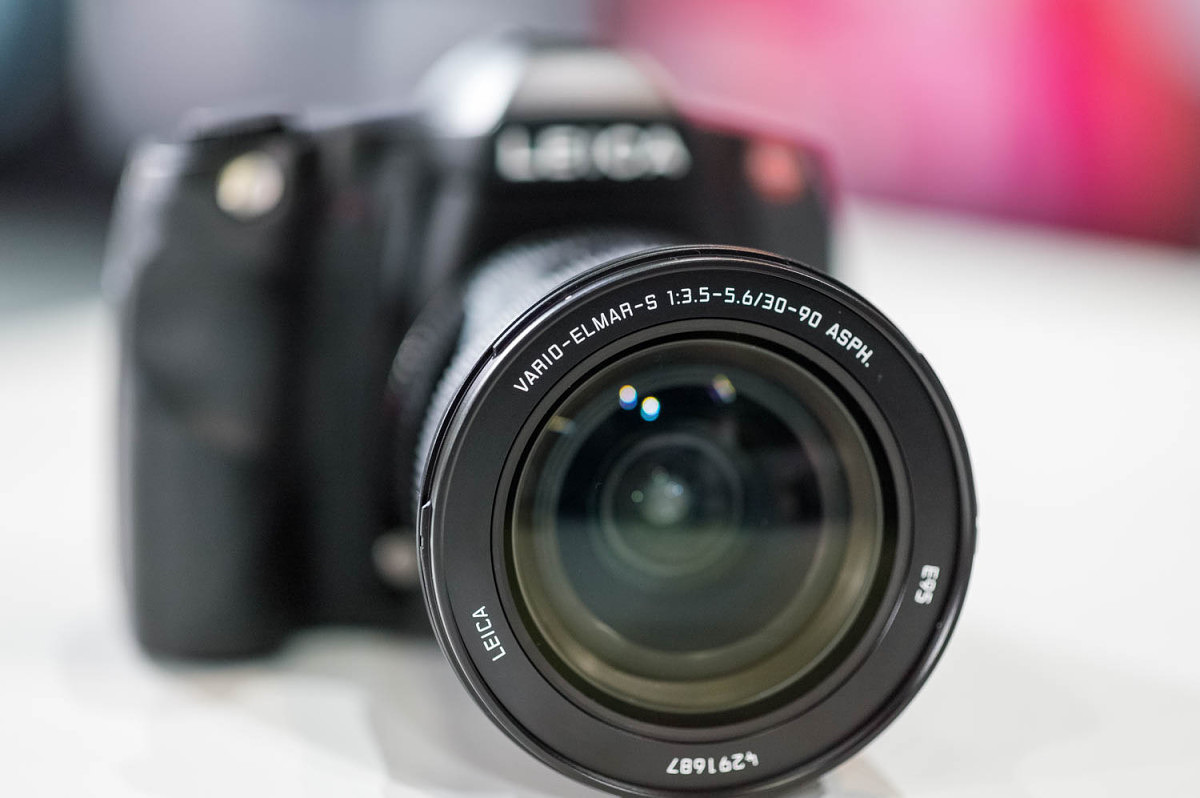
-
Your review of the S 100mm f/2 is very compelling. Put me down for the Noctilux of the S world!
Have a safe trip back to Florida.
Albert -
Looks like this is going to be a really nice portrait lens. Can't wait to try it.
-
Leica Summicron-S 100mm f/2 ASPH is really a pretty lens
-
I would love to try this lens out!
-
There is no CS version planned for the 100mm Summicron-S. My understanding is that the aperture is too wide to allow for the smaller CS mechanism.
-
-
Edwin Cedeno and
 Kirsten Vignes are now friends 11 years, 1 month ago
Kirsten Vignes are now friends 11 years, 1 month ago -
Edwin Cedeno and
 Carlos V. Causo are now friends 11 years, 1 month ago
Carlos V. Causo are now friends 11 years, 1 month ago - Load More



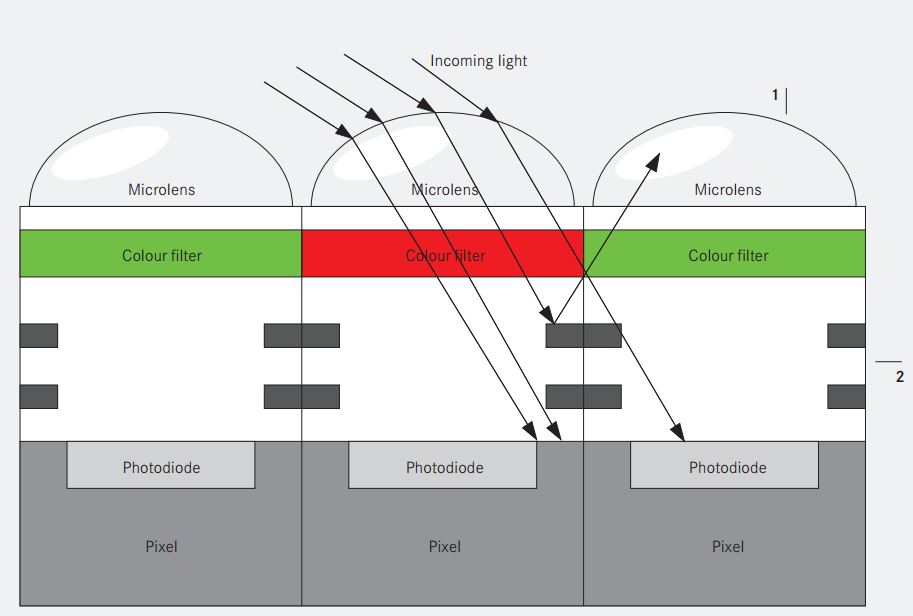
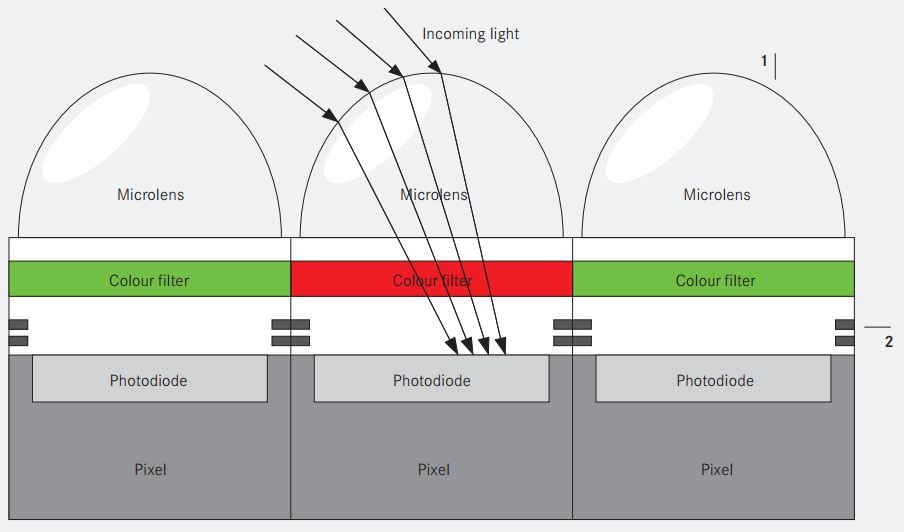
Hi John-
Thanks for your comment. Yes, the 1″ sensor produces great images in my opinion. Currently Leica Store Miami has a show of bird photography shot entirely with the V-Lux. Some of the images are 20×24 inches and are excellent. My only caution involves low light level performance. When traveling I take the V-Lux and a Q or Monochrom for low light situations.
I hope this helps.
Bob